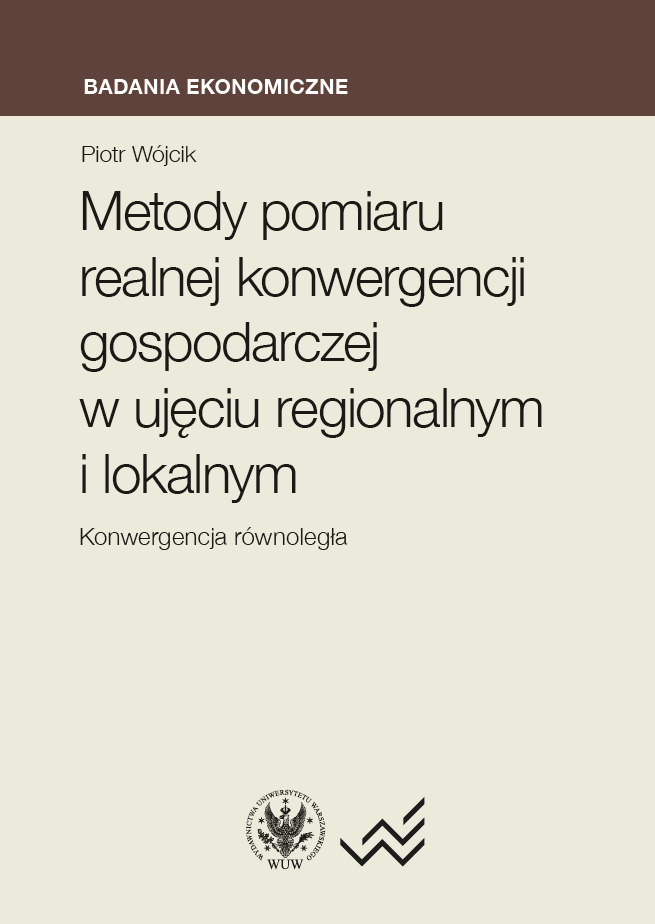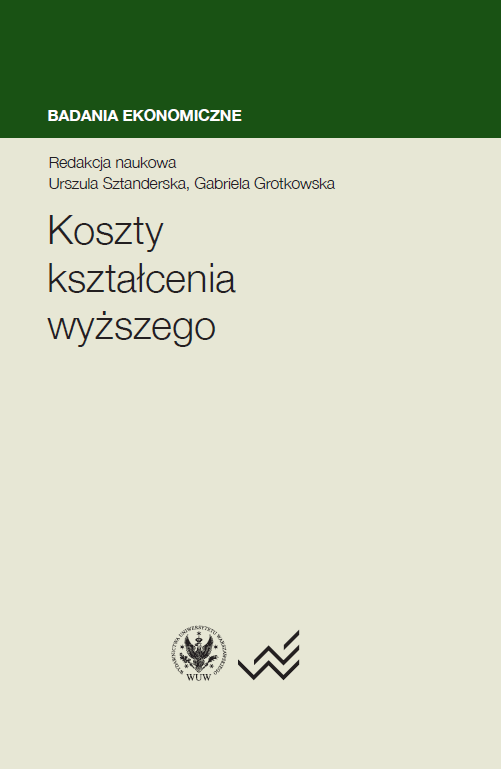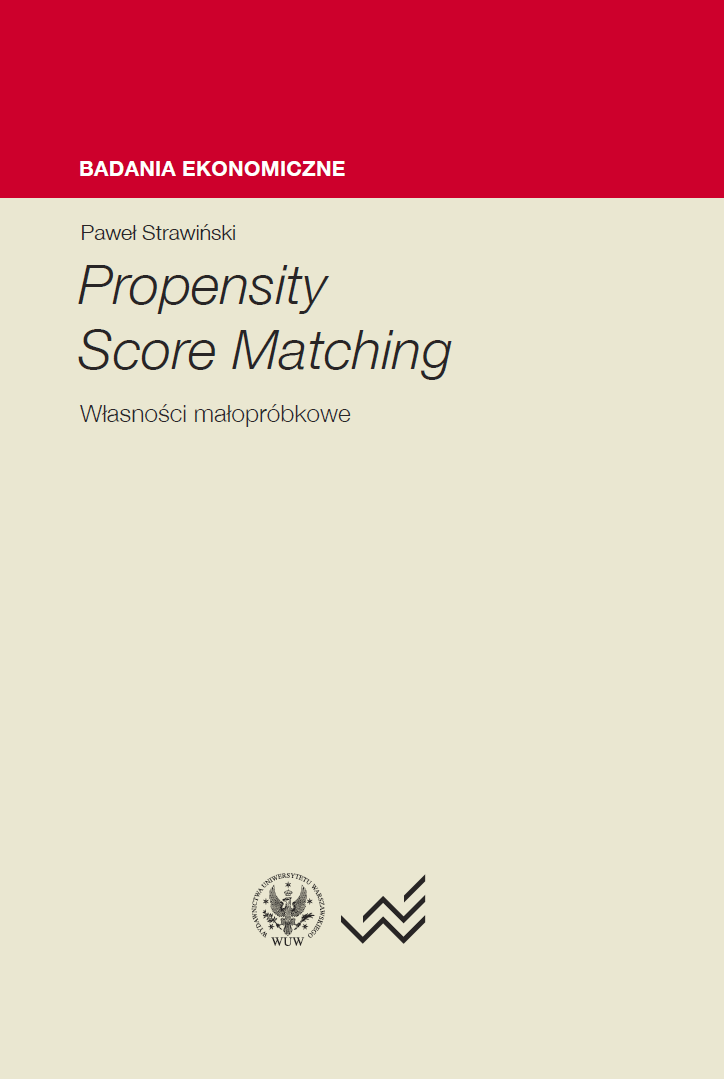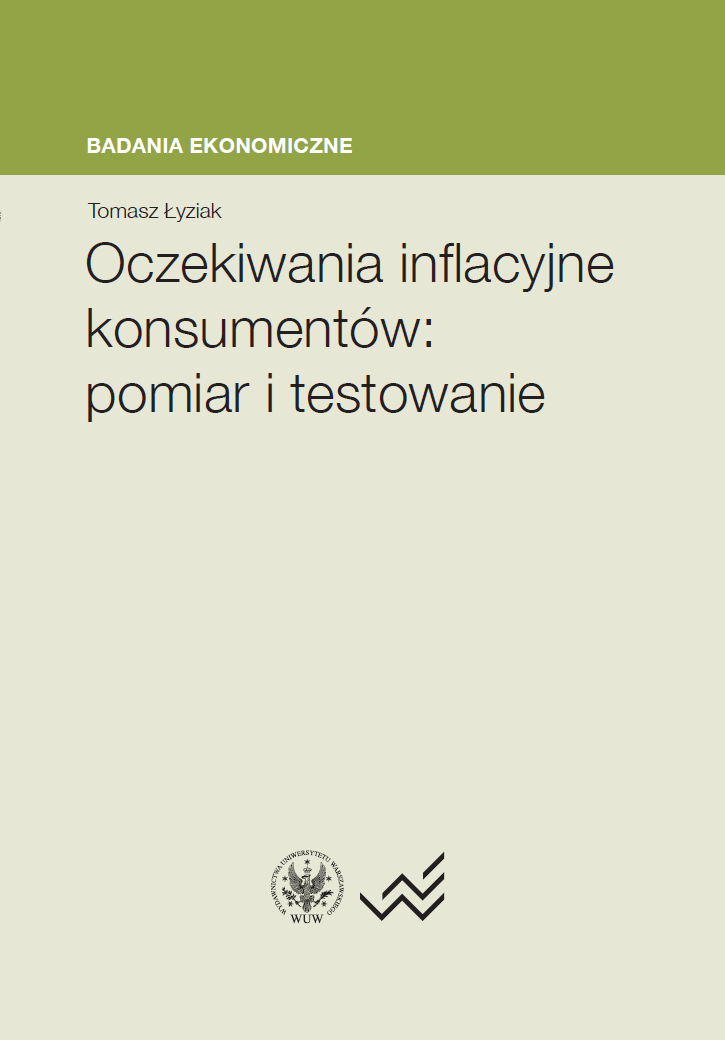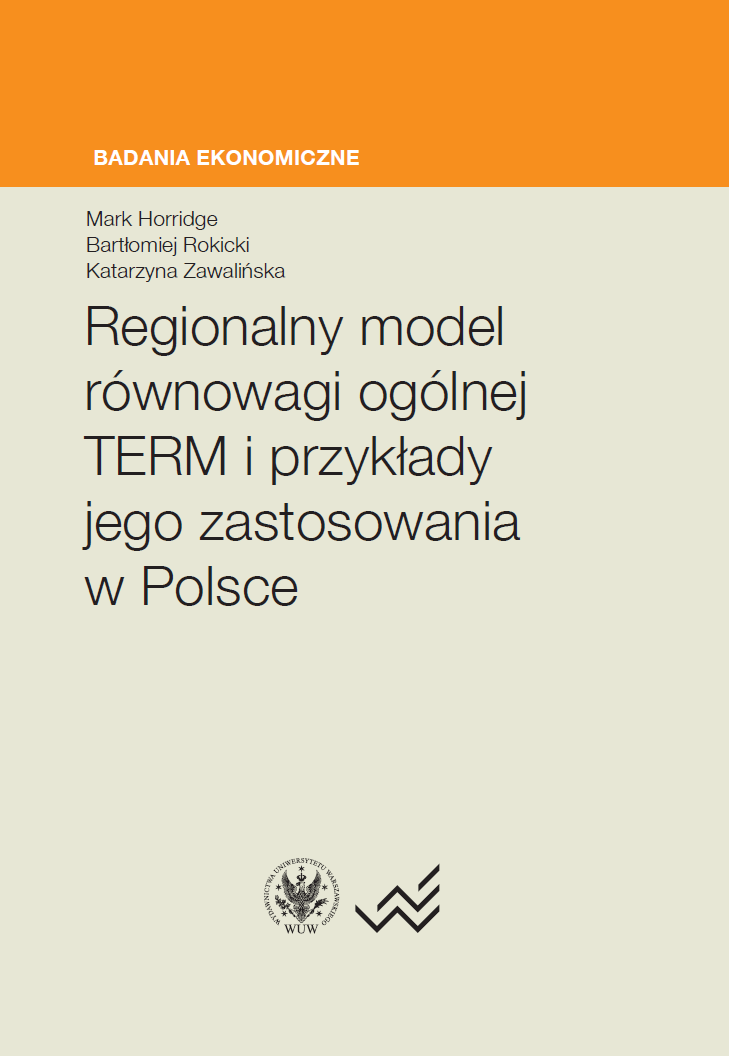
Regional Model of General Balance TERM and Examples of its Application in Poland
Regionalny model równowagi ogólnej TERM i przykłady jego zastosowania w Polsce
Keywords: regional model; general balance; general equilibrium models CGE; enormous regional model TERM; macroeconomic policies; territorial aggregation; calibration; regional disaggregation process; revolving financial instruments; dynamic version of TERM model
The goal of this book is to introduce Polish readers to methodological details related to the construction of regional computable general equilibrium (CGE) models. Here, we use as an example Polish version of TERM (The Enormous Regional Model) calibrated for 16 voivodships. Currently, regional computable general equilibrium models are among the models most often used in evaluating the effects of macroeconomic policies at different levels of territorial aggregation. In order to popularize such models in Poland, we present the methodology of TERM model and examples of its application to analyze different kinds of policies and their regional impacts in Poland.The book should increase knowledge about construction, theoretical foundations and methods for interpreting the results of such models. Currently, relatively few specialists in Poland have such knowledge. Hence, this book is recommended for both economists, interested in conducting their own research based on regional CGE models, and practitioners who use in their work results of analyses relying on this kind of macroeconomic models.The structure of the book is as follows. In Chapter 1 we thoroughly discuss TERM methodological framework, calibration and regional disaggregation process. Following chapters present examples of applying TERM in analysis of the effects of different macroeconomic policies in Poland. Chapter 2 shows the consequences of Less Favored Area support within the Common Agricultural Policy in Poland, based on the static version of the model. Chapter 3 concentrates on assessment of the impact of R&D investment on economic development at national and regional level in Poland. Finally, Chapter 4 covers an analysis of effectiveness of support received from the European Union revolving financial instruments in Wielkopolska voivodeship. The analysis is conducted using dynamic version of TERM model.
More...
